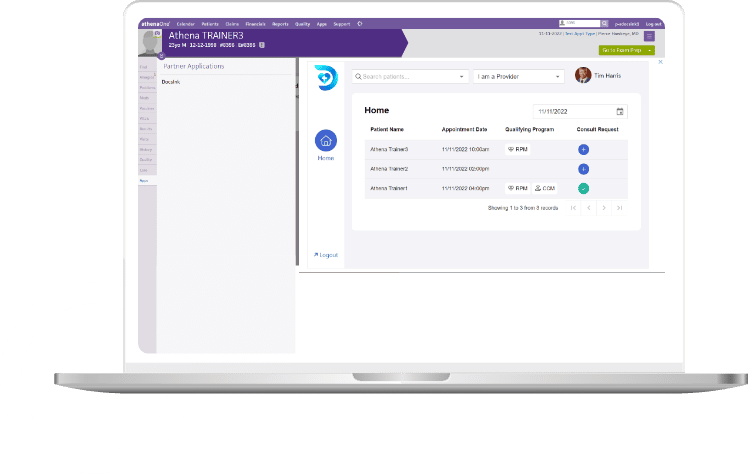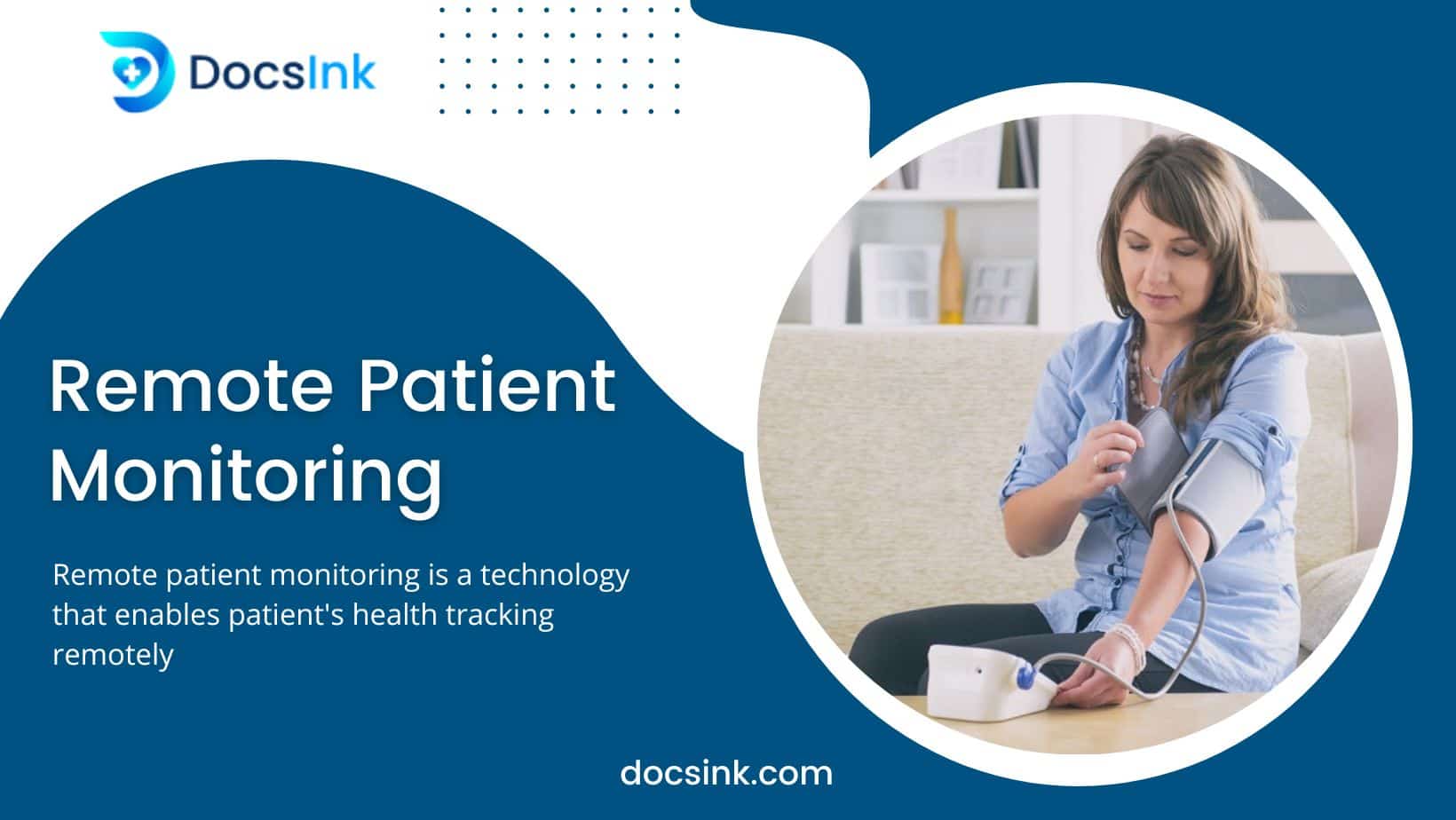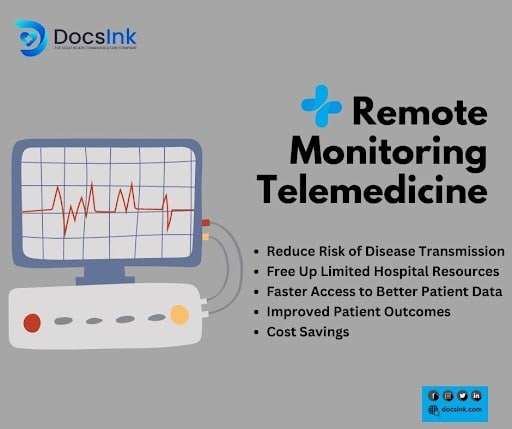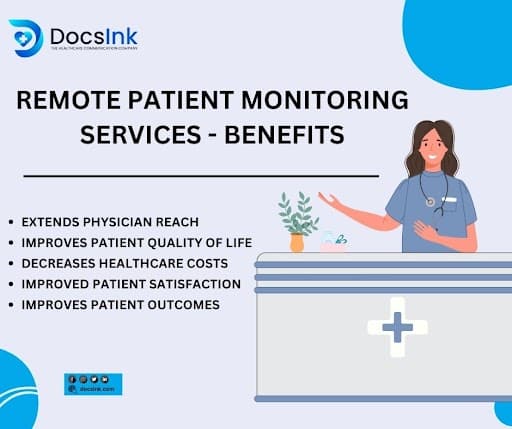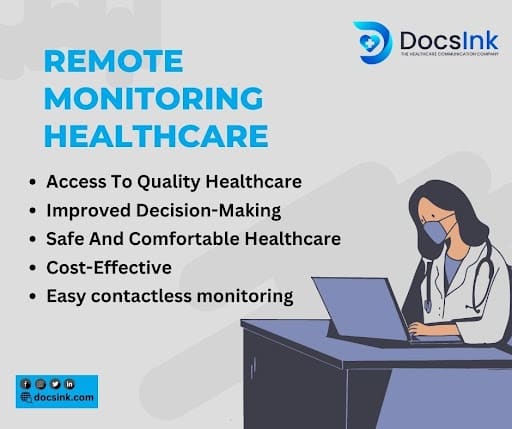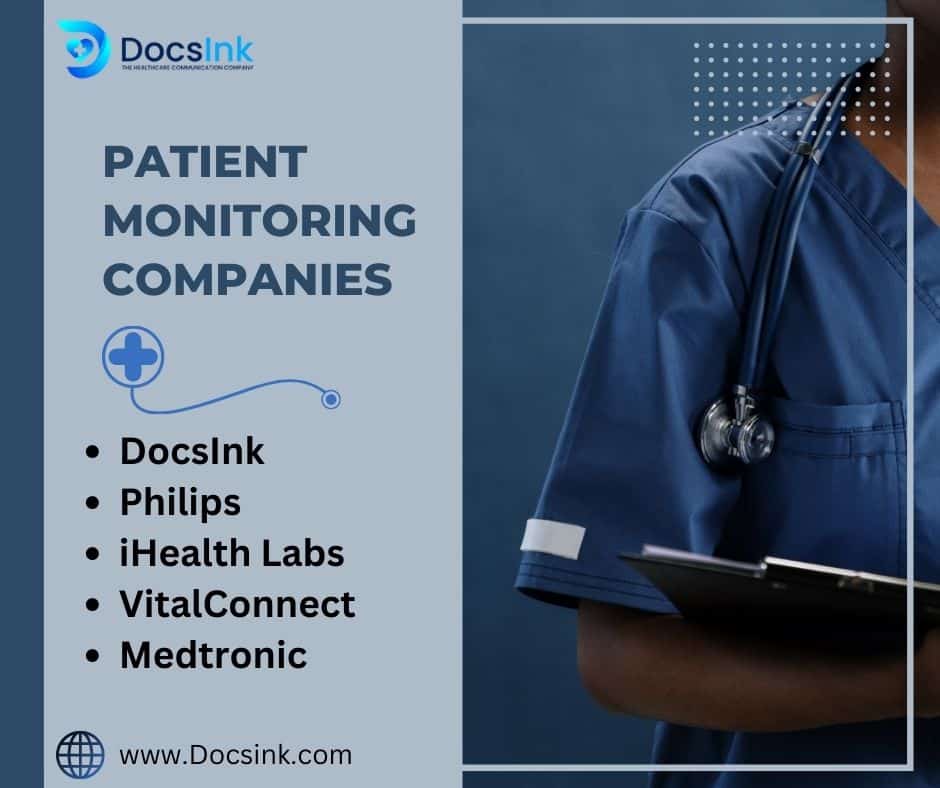Most often, chronic illnesses increase the expense of healthcare and lower societal productivity. Heart disease has recently become a significant global public health issue in most nations. Other diseases also surge daily due to workload, financial crises, hypertension, and many other causes. If ailments are increasing, there is a need for advanced patient monitoring devices. We recommend that you must give it a chance and prefer remote monitoring tools to reduce your healthcare costs. You can also enroll in free medical assessments to regularly analyze your body.
Medical personnel can access a central database and patient data using a remote medical diagnostic and monitoring system based on mobile health devices. Mobile health may offer a way to overcome obstacles faced by medical staff, provide rapid access to patient health information, especially in emergencies, and avoid duplicate testing, treatment delays, and treatment errors.
Functions of Patient Monitoring Devices
Telehealth software platforms are developed for telemonitoring patients. These are required to be comparative, clinical, or case reports with more than five cases.
There are some factors that we should consider:
- The subject matter of the study
- The follow-up period
- The use of teleconsultation and tele-education
- Presence of a control group
- The efficacy of telemonitoring
- The telemonitoring strategies
- The strength of the evidence
Various Patient Monitoring Devices
- Heart Rate Monitor: A patient’s heart rate and blood flow are calculated by blood pressure sensors by observing variations in arterial motion. The main distinction between the wireless blood pressure cuff and the one we have used at the doctor’s office is that it delivers the data in real-time to the clinician for review. Regular observation of blood pressure could lower the chances of heart attacks, nerve bursts and brain hemorrhage.
- Glucometer: With the use of a test strip that is attached to the glucometer, a patient’s blood sugar is measured. A tiny drop of blood from the patient is applied to the test strip, and the meter reads it to generate the blood glucose. This device is beneficial for diabetic patients.
- Pulse Oximeter: It is simply a clip attached to a patient’s finger or, in some cases, it is attached to the person’s earlobe to analyze the fluctuations that reveal blood oxygen level. With this device, we can know about the quantity of oxygen in our red blood cells. You can use it to measure your pulse rate.
- Stethoscope and ECG: The function of the stethoscope is to record the heart and lung activity, while an ECG records heart activity. Patients with heart disorders, including artery disease, can frequently use the ECG. The stethoscope magnifies the sounds and allows the healthcare professional to hear our organ’s noise.
- Smartwatches (Continuous Activity Trackers): Using activity trackers is trending these days. People are becoming responsible for their health. These intelligent trackers aid in monitoring every activity of your routine and make us understand the patient’s health. It is the most used patient monitoring device among all of the above.
The only motive of DocsInk is to deliver the latest and best health technology knowledge system to all of you. We want you to achieve your health goals quickly with just one click. You can also access our services from any location. Further, if you have any questions related to the Patient monitoring devices, visit our website to get more information in a detailed form.

